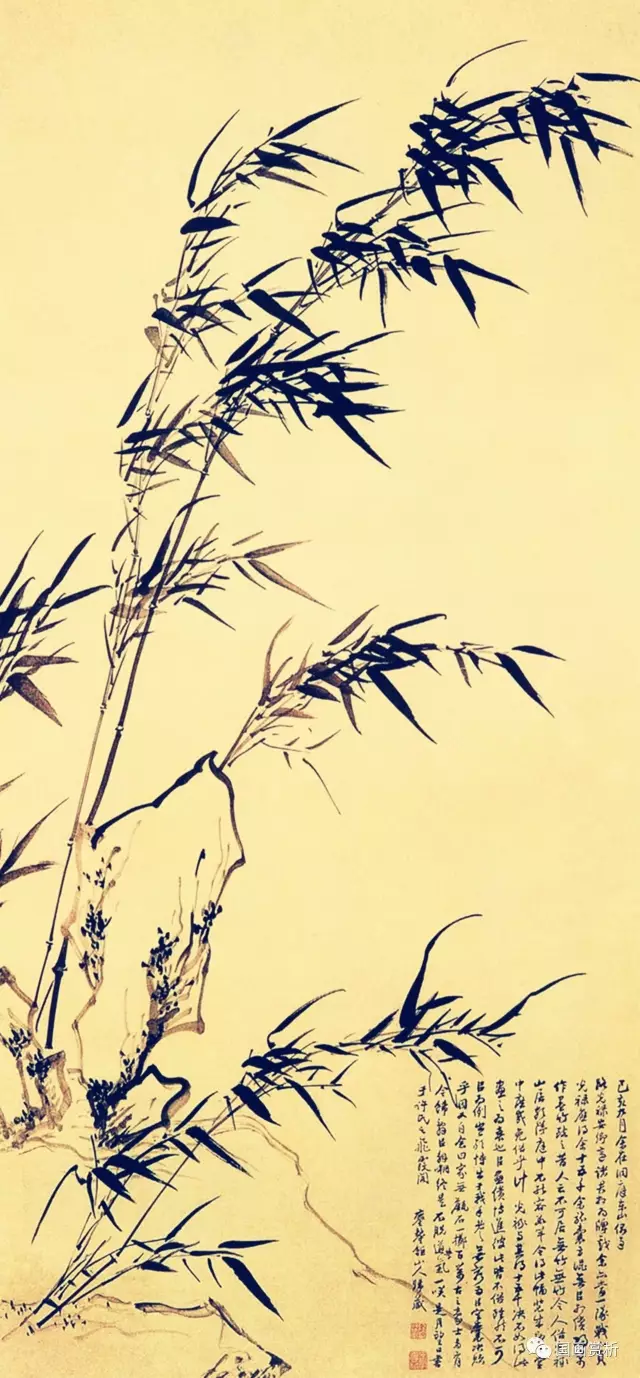Guizhuang (1613-1673), a calligrapher and painter and writer in the late Ming and early Qing dynasties, changed his name to ZuoMing after entering the Qing Dynasty, the character Erli, the word Xuangong, the number Hengxuan, and the self-titled Guizang, Huihuihu, Hanging Bow, Yuan Gong, Gong Of Qiu, Jushan, Yiqun Gongzi, etc., Kunshan (now part of Jiangsu), a native of Kunshan (now part of Jiangsu). Born in Xiangmendi, his grandfather was Gui Youguang of the Dali Temple in Nanjing during the Longqing period, and his descendants praised his prose as "Mingwen First"; his father gui Changshi was one of the three talented sons of Kunshan. Guizhuang has been influenced by poetry books since childhood, and when he was a student, he read a group of books, wrote thousands of words, composed poems and songs, was good at painting bamboo and stone, especially proficient in calligraphy, and his wild grass skills were deeper, when people thought it was wonderful, and the "three great Confucians" in the late Ming and early Qing dynasties - Gu Yan's martial arts practices were mutually exclusive, and they were not harmonious, and sometimes there was the purpose of "returning to the strange and strange". In the second year of Shunzhi's reign, he rebelled against the Qing Dynasty in Kunshan and was defeated and killed.
Most of the calligraphy and painting works handed down from Guizhuang are calligraphy, and ink bamboo is extremely rare, which shows the rigor of his creative attitude and refuses to do it easily. The picture below is a "Bamboo Stone Map" collected by the Tianjin Art Museum, the strange stone and the standing bamboo in the picture are straight, and the bamboo on both sides of the strange stone is painted with bamboo, all of which are tilted with the wind, and the picture is properly arranged; the writing of bamboo pen runs through, the leaves and leaves are intertwined, and the next pen is strong and vigorous, the thick and light ink echoes with each other, and it is very windy; the small bamboo under the stone is overgrown, xiujian and lively, the angry floating, the style is dashing, and the ink and bamboo are wonderful. The book is straightforward and conceited. It can be seen that this work is at the request of his friend Xu Mingfa and is the work of Mr. Merkin's seventy-three birthday celebrations.
"Painting List", "Painting Speech", "Painting Studies" and "Painting History" as the four special topics opened by The Caozhu Daoist and your painting friends, share with the calligraphy and painting colleagues the ancient and modern famous masters and famous painting classics, welcome to point out and exchange. Contributed by us: [email protected]
